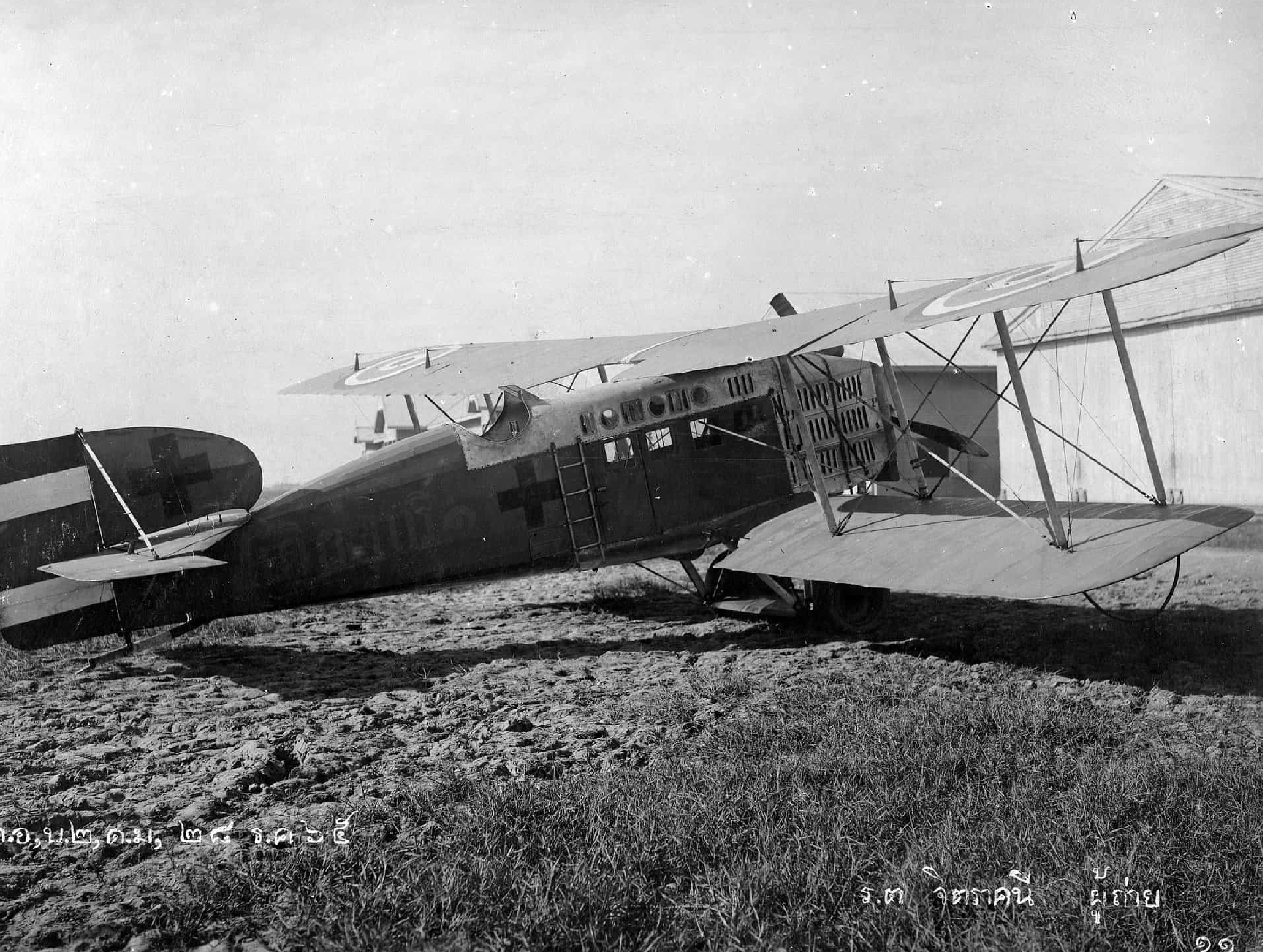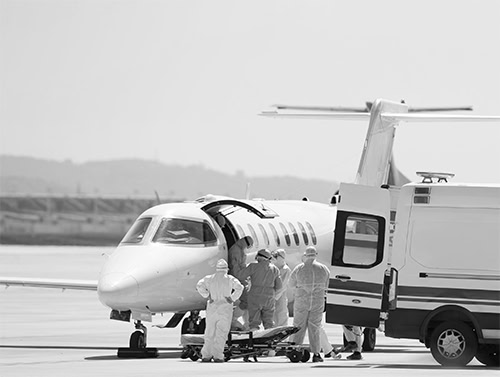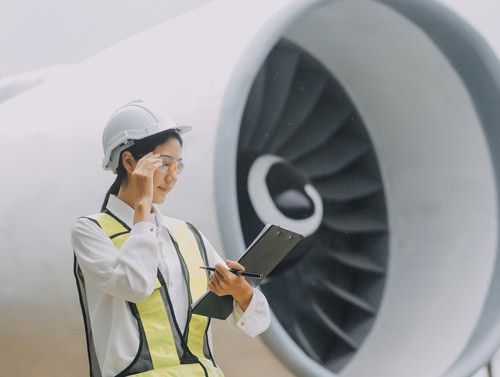Evolution of Air Ambulances - From Military to Civilian Use
For as long as the concept of air travel has existed, it has been used for medical services. The famous French author Jules Verne’s novel, Robur the Conqueror was the first piece of literature to engage with the idea of using air travel for medical support. In the book, the protagonist uses his flying machine to rescue a group of shipwrecked soldiers.
As with most advancements in medicine, air travel for medical services also originated in the military. Its speed, access to remote regions, and difficult terrains along with added comfort made it the preferred mode of transport during emergencies.
In the 1800s, during the Franco-Prussian war, a hot air balloon was used to move soldiers to the hospital. One of the earliest recorded instances of planes being used for medical transport was during World War I in 1917 in Turkey when a soldier was transported to a hospital in 45 minutes. According to French records, the use of planes for emergency services during World War I led to a drop in the mortality rate of injured soldiers from 60% to 10%. By World War II, the USA along with several other countries had dedicated aircraft for ambulance services.
At the same time, civilian air medical transport systems were being set up across the world to deal with accidents in remote locations. One such early instance is Switzerland where air ambulances were used to rescue winter sporting accident cases. In 1947, the first-ever air ambulance service for civilians was established in Los Angeles.
The 1970s and 1980s saw exponential advancements in technology leading to safer, more reliable aircraft. These planes could not just transport critical cases but also accommodate state-of-the-art medical equipment and trained teams of medical personnel to administer inflight care.
Headways in aviation technology in the 21st century have led medical transfer services to be a commonplace amenity in healthcare. These dedicated services have come a long way from converting existing aircrafts to air ambulances. They offer a range of choices designed for specific cases and even price ranges and desired experiences.
Bluedot Air Ambulance primarily provides jet-based medevac services as well as stretchers on commercial flights. While jets are the best option for long-distance flights and are more spacious, in cases of emergencies, helicopters can be the preferred mode of transport. They can easily access challenging terrains and require very little space to operate. Critical rescues, patient transfers within the city, and even emergency organ or medical equipment transport is accomplished quickly through helicopter-based emergency medical services. Patients can also opt to travel with medical escorts on passenger flights. These trained medical professionals will monitor the patient’s health and offer medical support if the need arises.
In this era where AI technology is finding uses in every field of human life, research is ongoing as to how it can help improve the quality and efficiency of emergency health and life support services. Umakant Soni, co-founder and CEO, AI and Robotics Technology Park, said in a recent interview that about 42,000 people die each day in India because they are unable to reach emergency services. “Forget about the villages, even in a place like Bengaluru, people are not able to access good hospitals in times of emergency as ambulances are stuck in traffic,” Mr. Soni said.
As always, delivering critical care is about harnessing the latest technology at the right time and the right place. Researchers now are working on newer aerial technology to develop drones and unmanned aerial vehicles (UAV). Combined with AI technology, these emergency life support services will be monumental in addressing gaps in the delivery of critical care and help us save many more lives with reduced rates of casualties.



